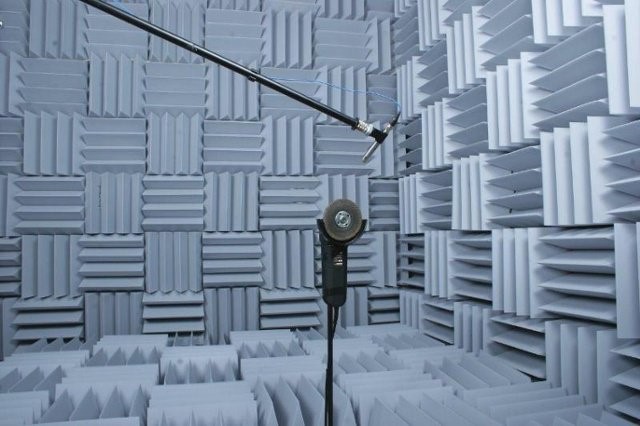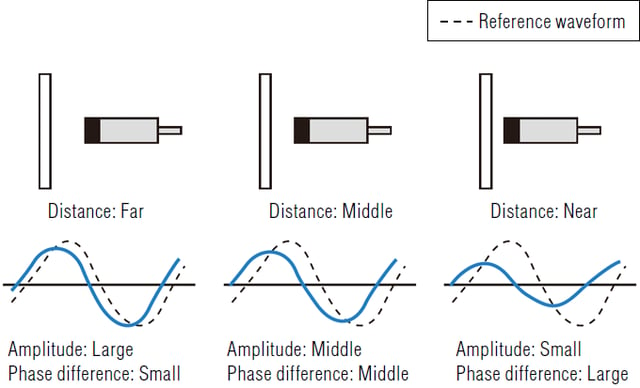Different applications call for different ways of measuring vibration. The most common method of measuring vibration is with an accelerometer mounted to the test structure. But there are two primary reasons why contact accelerometers or strain gauges may not work for an application:
- The mass of the accelerometer would influence the vibrating structure
- Rotating equipment makes wiring virtually impossible
Measuring vibration without directly mounting to the test structure is not as impossible as it initially sounds because some vibration sensors don’t require direct contact with the source of the vibration. I've written this blog to give you an overview of three of the most commonly used types of non-contact vibration sensors:
- Microphone or Acoustic Pressure Sensor
- Laser Displacement Sensor
- Eddy Current or Capacitive Displacement Sensors
- Additional Information
Microphone or Acoustic Pressure Sensor
Microphones offer a cost-effective way to measure high-frequency vibration and are especially useful to determine how a system’s vibration changes with time. Health monitoring applications can greatly benefit from using a microphone on cost and simplicity. Microphones can also provide a very clear and accurate representation of the frequency content in a vibration.

Laser Displacement Sensor
Laser displacement sensors use triangulation with a transmitting and receiving lens. A laser beam is emitted toward the target through a transmitting lens. The light then reflects back towards the sensor and is directed by a receiver lens to a receiving element. As the target moves closer and farther away, the angle of the reflected light changes (it’s focused on a different position on the receiving element). Displacement sensors are preferable in applications that prevent the use of accelerometers, such as rotating components, or when the accelerometer’s mass would have too much influence on the motion of the system.

Eddy Current or Capacitive Displacement Sensors
These sensors have similar advantages and disadvantages as lasers for vibration measurement. Although they offer a way to “measure vibration through the air” without altering the vibrating system, they can only measure relative motion; they need to remain fixed and measure the difference in motion of a nearby structure. As a result, they are best used only in the lab, given the fragility of the test system (expensive sensors, wiring concerns, and power supplies).

Additional Resources
To learn more about non-contact vibration sensors, read my blog post Vibration Sensor Types and Where to Buy Them. You can also contact us for help in determining the vibration measurement technology that best addresses the needs of your application.
And, if you'd like a more comprehensive overview of shock and vibration analysis located in one convenient handbook, you can download Shock & Vibration Overview. This PDF eBook covers everything from sensor selection to analysis. I think you'll find it very helpful!
Related Posts:
- Ever Wonder What the Resonance of a Bridge Is?
- Your 7 Best Options for Vibration Analysis Programming
- How To Develop a Vibration Test Standard PSD from Experimental Data
For more on this topic, visit our dedicated Vibration Loggers & Vibration Sensors resource page. There you’ll find more blog posts, case studies, webinars, software, and products focused on your vibration testing and analysis needs.
